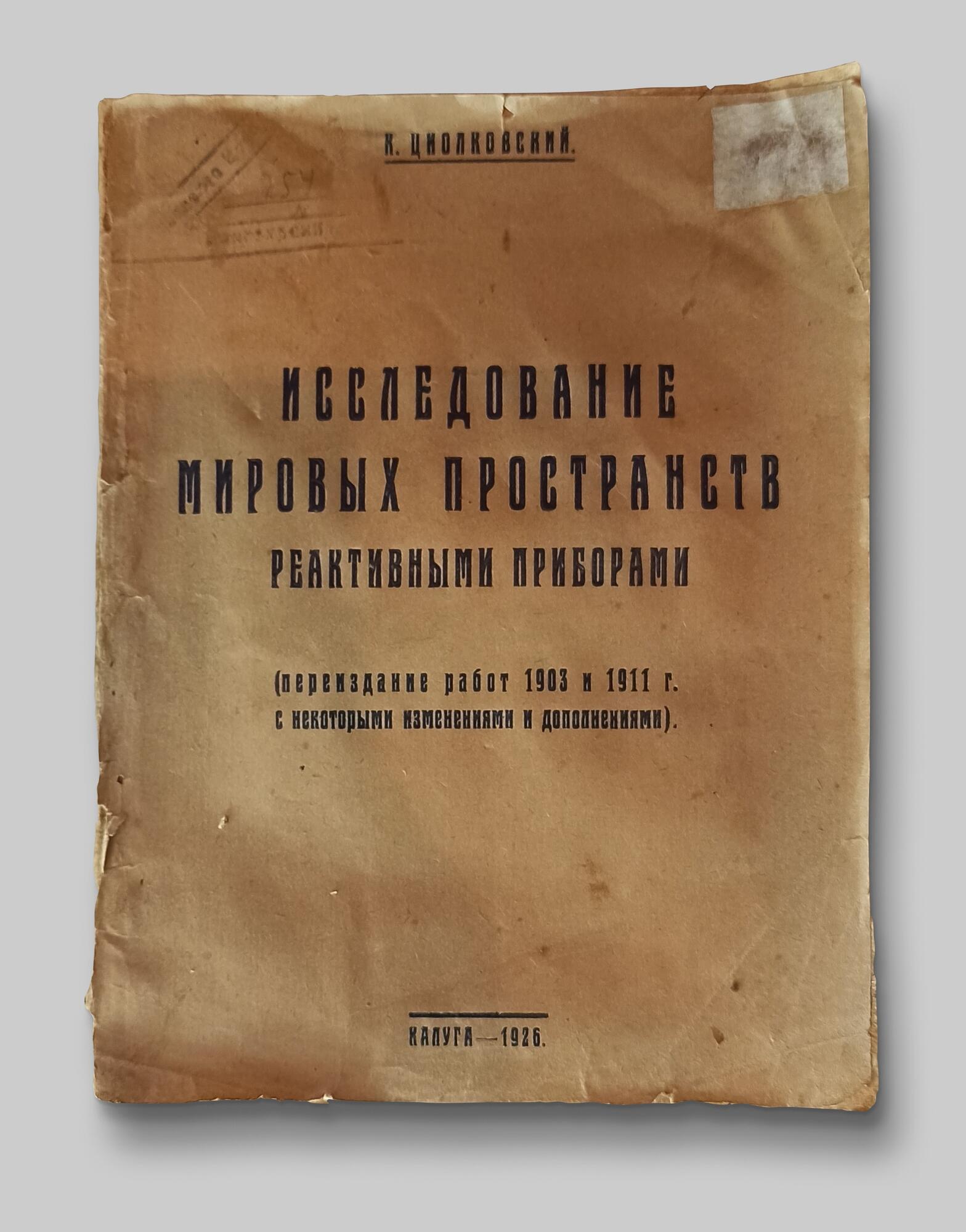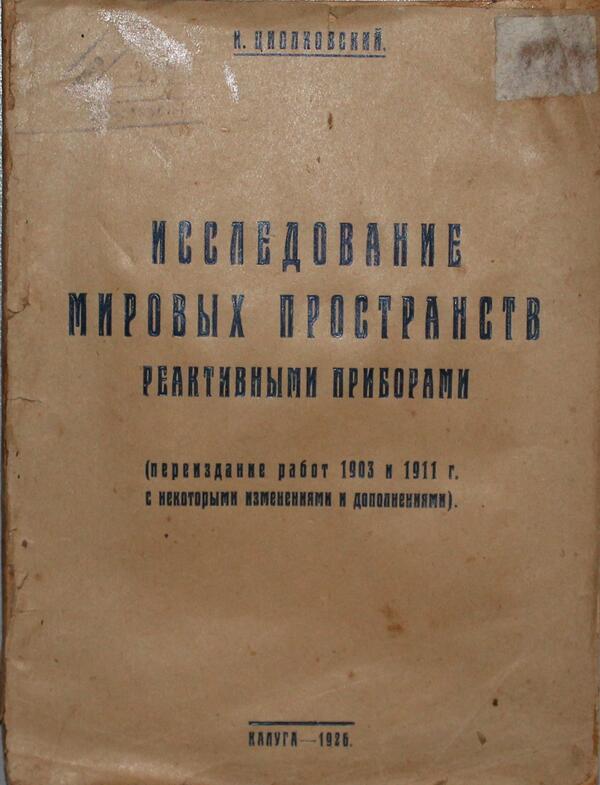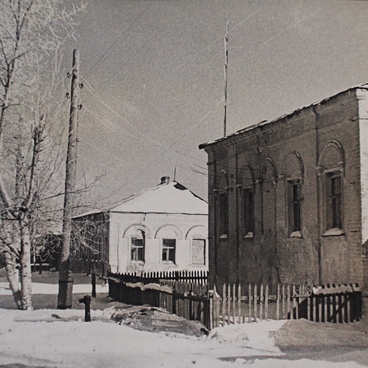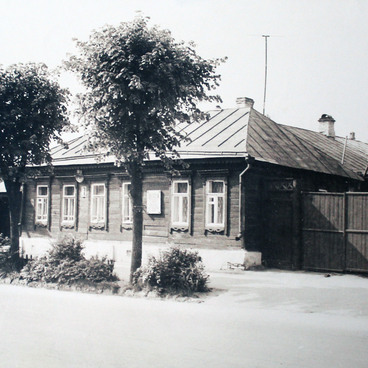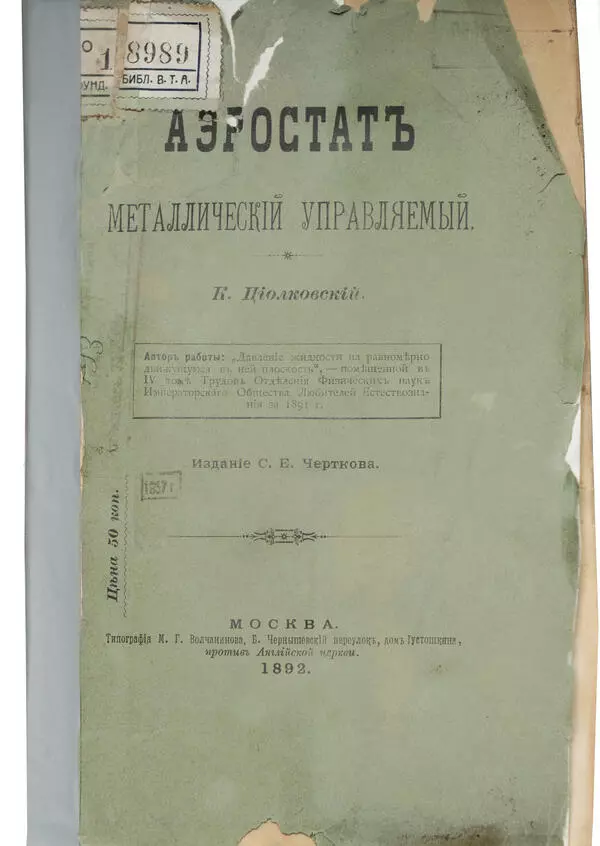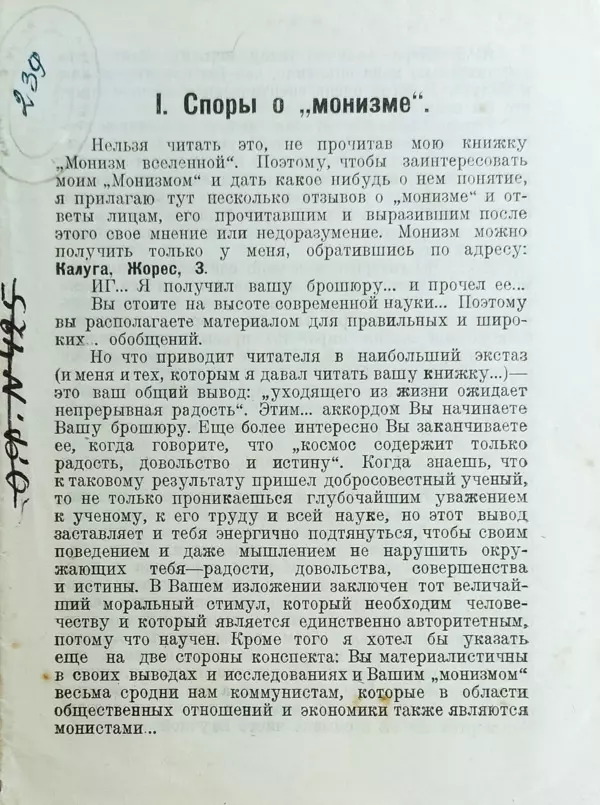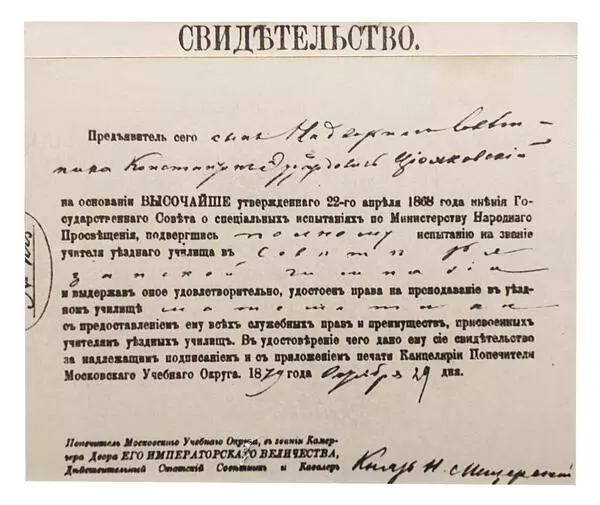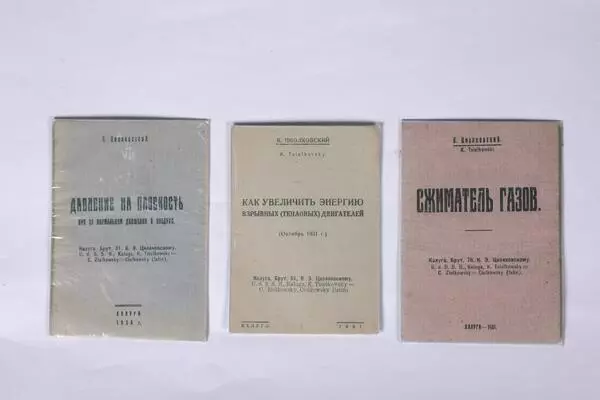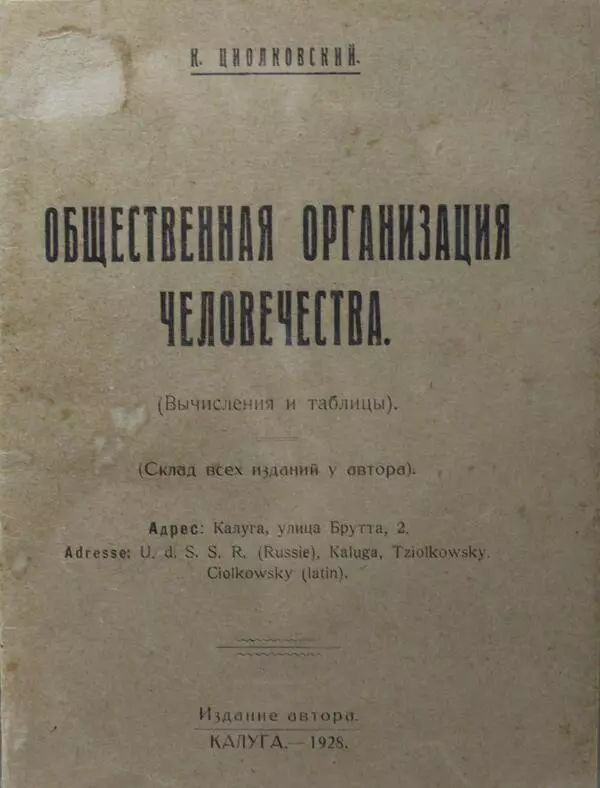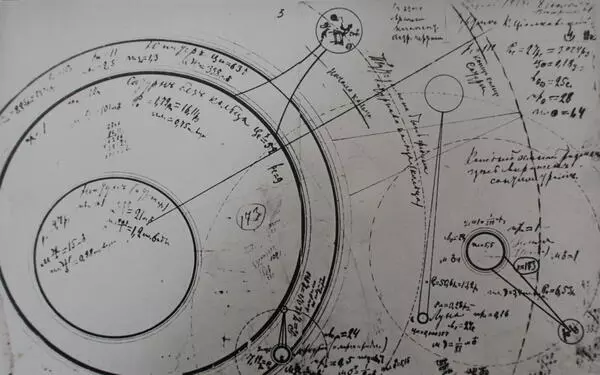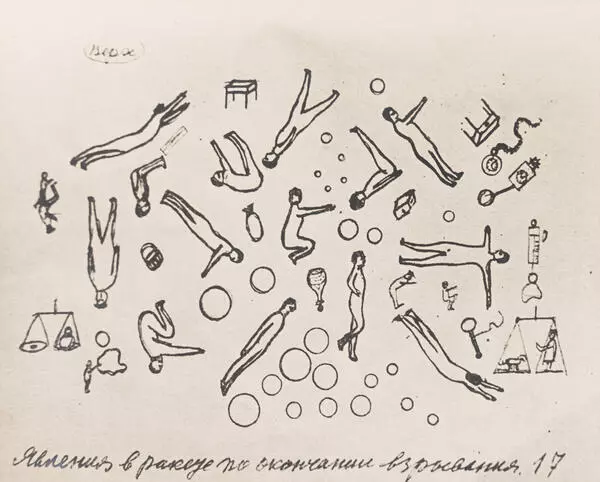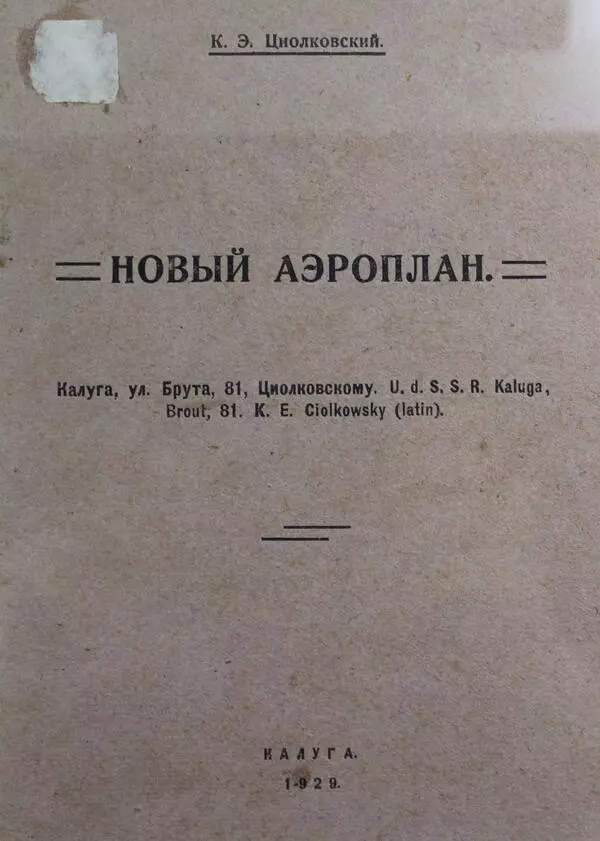In 1903 ‘Scientific Review’ published the first article of Konstantin Tsiolkovsky on rocket technology called ‘Exploration of world spaces by reactive instruments’. For the first time in history, the scientist proposed the use of a rocket for interplanetary flight and space exploration.
Tsiolkovsky was the first to reflect on the fundamental questions of cosmonautics. What laws control the movement of a rocket that significantly changes its mass during flight? How do you calculate the speed of a jet vehicle? How do you get a rocket device out of the atmosphere and out of the Earth’s gravity?
In the “Exploration of Outer Space by Means of Rocket Devices” the scientist for the first time described a liquid-fueled rocket which used liquid hydrogen as the fuel and liquid oxygen as the oxidizer.
Tsiolkovsky was the first to reflect on the fundamental questions of cosmonautics. What laws control the movement of a rocket that significantly changes its mass during flight? How do you calculate the speed of a jet vehicle? How do you get a rocket device out of the atmosphere and out of the Earth’s gravity?
In the “Exploration of Outer Space by Means of Rocket Devices” the scientist for the first time described a liquid-fueled rocket which used liquid hydrogen as the fuel and liquid oxygen as the oxidizer.
